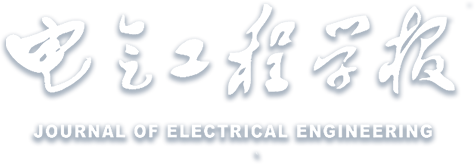Abstract:
Hybrid DC circuit breakers can quickly and accurately isolate line faults, which plays an important role in DC grid fault clearance problems. In order to solve the problems of DC circuit breaker high breaking capacity, weak current limiting ability, large manufacturing cost and slow fault isolation speed, a double capacitor commutated hybrid DC circuit breaker(D-C-DCCB) topology is proposed. When the circuit breaker is built, the self-charging path is cleverly used to realize the dissipation of the capacitor energy after capacitor precharge and reverse charging. Through the capacitor reverse charging and resistive inductive current limiting branch, the fault current rise rate and peak are reduced, the current limiting resistor and diode bank are used to realize that the current limiting inductor is short-circuited and the stored energy is dissipated after completing the current limiting work, which accelerates the fault isolation speed and effectively reduces the energy absorbed by the arrester. The topology and working principle of the proposed circuit breaker are analyzed and derived, and the four-terminal DC power grid simulation verification is carried out in PSCAD/EMTDC, and the performance and economy are compared with the existing DC grid fault removal topology, which proves that the proposed circuit breaker has the advantages of good performance and high economy.


 下载:
下载: